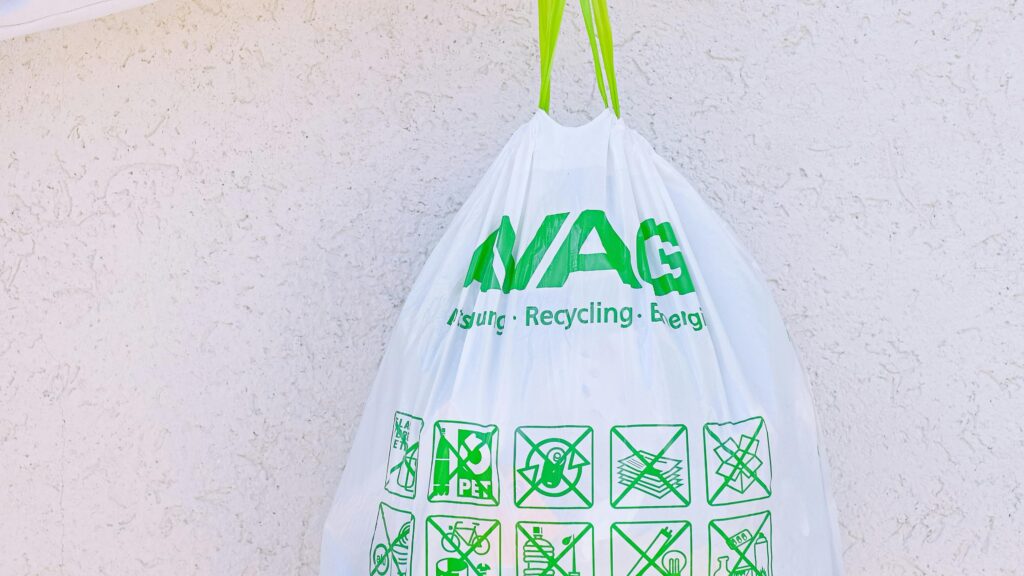In today’s business landscape, sustainability is more than just a buzzword—it’s a crucial component of long-term success. Implementing sustainable practices in your business not only helps protect the environment but also enhances your brand reputation, attracts eco-conscious consumers, and can even reduce operational costs. Whether you’re a small business owner or the leader of a large corporation, adopting sustainable practices is a step toward a more responsible and profitable future. Here’s a comprehensive guide on how to implement sustainable practices in your business.

1. Conduct a Sustainability Audit
The first step in implementing sustainable practices is to assess your current operations. Conduct a sustainability audit to identify areas where your business can reduce its environmental impact. This includes evaluating your energy usage, waste production, water consumption, and supply chain practices. By understanding your baseline, you can set realistic sustainability goals and measure your progress over time.
2. Set Clear and Achievable Goals
Once you have a clear picture of your current impact, set specific, measurable, achievable, relevant, and time-bound (SMART) goals. These goals should align with your overall business strategy and reflect your commitment to sustainability. Examples of sustainability goals include reducing energy consumption by 20% within two years, achieving zero waste in production, or sourcing 100% of materials from sustainable suppliers.
3. Adopt Energy-Efficient Practices
Reducing energy consumption is one of the most effective ways to lower your business’s carbon footprint. Start by upgrading to energy-efficient lighting, heating, and cooling systems. Encourage employees to turn off equipment and lights when not in use, and consider investing in renewable energy sources like solar or wind power. Many businesses also benefit from energy management systems that monitor and optimize energy use in real-time.
4. Minimize Waste and Embrace Recycling
Implementing a robust waste management system is key to sustainability. Begin by reducing waste at the source—opt for digital documentation over paper, purchase in bulk to minimize packaging, and design products with longevity in mind. Encourage recycling by placing clearly labeled bins throughout your workplace and partnering with local recycling companies. Consider adopting circular economy practices, where waste materials are repurposed into new products.
5. Sustainable Supply Chain Management
Your supply chain plays a critical role in your business’s overall sustainability. Evaluate your suppliers and partners based on their environmental and social practices. Aim to source materials that are sustainably produced, ethically sourced, and have a low environmental impact. Additionally, consider working with local suppliers to reduce transportation emissions and support the local economy.
6. Promote a Culture of Sustainability
Sustainability should be integrated into your company culture. Engage employees by educating them on the importance of sustainability and providing training on sustainable practices. Encourage them to contribute ideas for reducing the business’s environmental impact. Establish green teams or sustainability committees to lead initiatives and track progress. Recognition and rewards for sustainable practices can further motivate employees to embrace sustainability in their daily work.
7. Adopt Sustainable Packaging Solutions
If your business involves the production or sale of physical goods, consider the environmental impact of your packaging. Transition to sustainable packaging options, such as recyclable, biodegradable, or compostable materials. Reduce packaging size where possible to minimize waste, and explore innovative designs that require less material without compromising product protection.
8. Invest in Sustainable Technology
Technology can be a powerful tool for sustainability. Invest in software and tools that help monitor and reduce your environmental impact, such as carbon footprint calculators, energy management systems, and supply chain transparency platforms. Additionally, consider adopting cloud computing to reduce energy consumption associated with on-site servers.
9. Engage with Your Community
Community engagement is a vital aspect of sustainability. Partner with local organizations, participate in environmental initiatives, and support causes that align with your sustainability goals. By engaging with your community, you can build strong relationships, enhance your brand image, and contribute to a more sustainable world.
10. Monitor, Report, and Improve
Sustainability is an ongoing process, not a one-time effort. Regularly monitor your progress toward your sustainability goals, and be transparent with your stakeholders by reporting your achievements and challenges. Use this data to continually refine and improve your sustainability practices. Stay informed about new sustainability trends and technologies, and be willing to adapt your strategies to stay ahead of the curve.
Conclusion
Implementing sustainable practices in your business is a journey that requires commitment, innovation, and collaboration. By taking these steps, you can reduce your environmental impact, improve your bottom line, and contribute to a more sustainable future for all. Sustainability is not just good for the planet—it’s good for business too.
